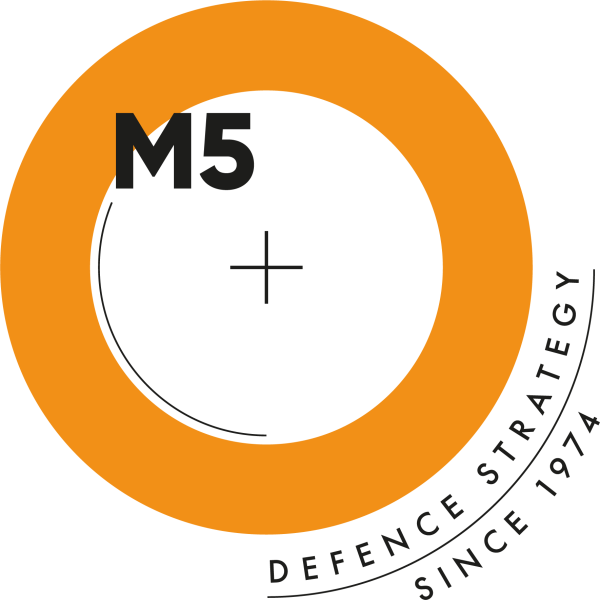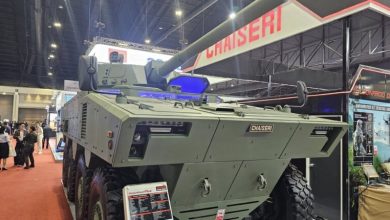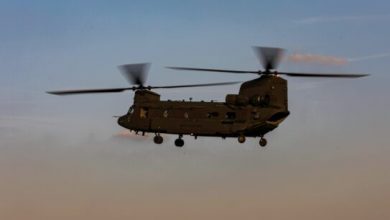Expert: Baltic war would open multiple fronts for Russia

Fears of a potential Russian military campaign against NATO’s eastern flank by 2027 have gained renewed attention across Europe. But Lithuanian-based security expert Darius Antanaitis — a well-known and influential voice on Baltic defense matters — believes the threat is more likely to materialize around 2030, and only under certain geopolitical conditions.
In comments to Defence Blog, Antanaitis pointed to current NATO assessments, national intelligence data, and Lithuania’s annual Assessment of Threats to National Security, all of which suggest that Russia would require more time to rebuild the capacity needed for a large-scale military operation against NATO.
“If the war in Ukraine were to end in Russia’s favor and sanctions were lifted, Russia could begin military action against one or two NATO countries around the year 2030,” Antanaitis said. “This scenario is considered more likely than the previously predicted 2027 timeline.”
While much of the recent discussion has centered around a potential Russian move to seize the Suwalki Corridor — the narrow land strip between Poland and Lithuania, bordered by Kaliningrad and Belarus — Antanaitis argues that the strategic value of this corridor has decreased due to NATO enlargement.
“With Finland and Sweden joining NATO, the strategic significance of the Suwałki Gap has decreased,” he explained. “NATO forces can now arrive via air over the Baltic Sea or by sea itself.”
Antanaitis also noted that Russia’s prior investments in its Arctic military presence played a key role in driving Sweden and Finland to seek NATO membership, alongside the forward positioning of U.S. weapon stockpiles in Norway.
According to Antanaitis, any Russian effort to break NATO’s eastern flank would require much more than just a strike on Lithuania or the Suwałki Corridor.
“To gain access to the Atlantic from the Baltic Sea, Russia would likely need at least partial political or military control over Sweden — especially the island of Gotland,” he said.
He outlined a broader scenario that would involve a Russian attempt to link Kaliningrad with mainland Russia via key transport corridors through Lithuania and Latvia. However, such a campaign would also require naval operations to block Lithuania from the sea and control both shores of the Gulf of Finland — implying the occupation of parts of Estonia and Finland.
“In other words, by launching a full-scale war against Lithuania, Russia would simultaneously engage in conflict with Finland, Estonia, Latvia, Lithuania, and Poland,” Antanaitis said.
Antanaitis emphasized that Lithuania takes the threat from Russia seriously and continues to strengthen national and collective defense in coordination with NATO. He highlighted the deployment of a German brigade as a central pillar of deterrence.
“For Lithuania specifically, the most important security factor is the forward deployment of the armed forces of Europe’s largest economic power — Germany,” he said. “The presence of U.S. troops is also crucial, as well as ongoing NATO and national intelligence efforts.”
He added that any buildup of Russian forces near NATO’s eastern border would trigger a symmetrical response. “As Russian forces increase near our borders, so does the presence of our allies.”
Still, he stressed that Lithuania, together with NATO partners, is following clear indicators that would suggest a shift in Russia’s intentions.
“We monitor Russia’s military recovery and strategic posture closely,” Antanaitis said. “Our force development, NATO deployments, procurement decisions, and training efforts are planned in line with this outlook — aiming for a high level of readiness by 2030.”





